In the world of interior design and renovation, the use of stone effect tiles has become increasingly popular. These tiles offer a stunning aesthetic similar to natural stone while providing practical benefits and versatility that make them ideal for various spaces within your home. Whether you’re renovating a kitchen, bathroom, utility room, or just learning how to tile, stone effect tiles can elevate the entire space. In this guide, we’ll explore the versatility of these tiles, their advantages over natural stone, and how you can effectively incorporate them into your renovation project.

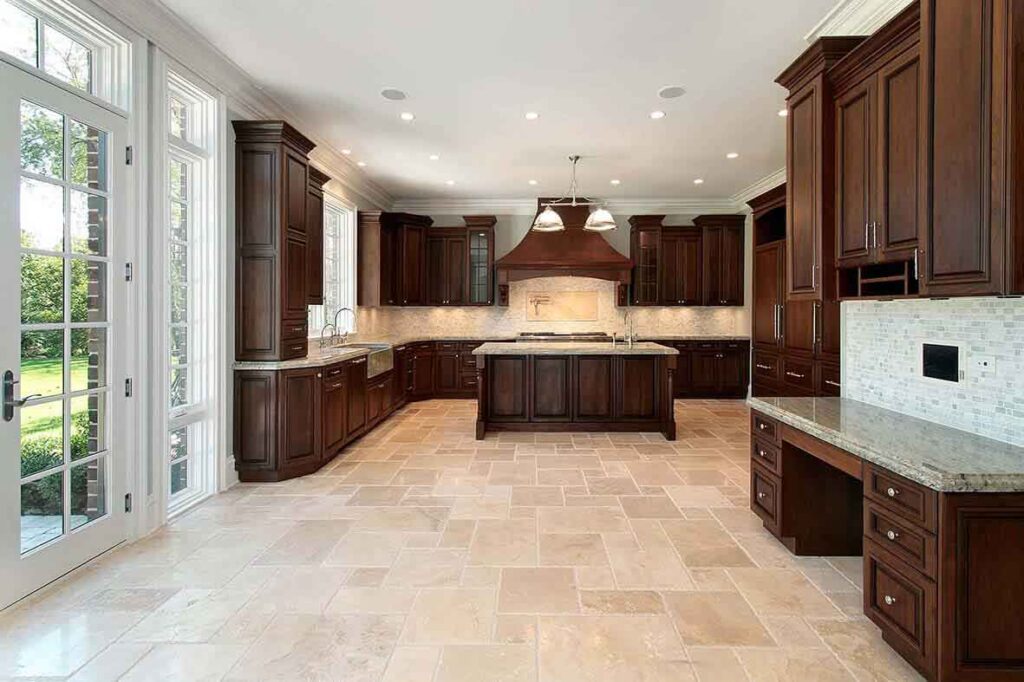
Understanding Stone Effect Tiles
Stone effect tiles are typically crafted from either ceramic or porcelain. These tiles are designed to mimic the appearance and texture of natural stone such as marble, slate, limestone, or travertine. While real natural stone tiles offer undeniable beauty, they often come with drawbacks such as high maintenance requirements, susceptibility to staining, and fragility. Ceramic and porcelain stone effect tiles, on the other hand, provide the aesthetic appeal of natural stone without these drawbacks, making them a practical choice for renovation projects.
Advantages Over Natural Stone
One of the primary reasons for choosing stone effect tiles over natural stone is their durability and ease of maintenance. Ceramic and porcelain tiles are highly resistant to scratches, stains, and moisture, making them suitable for high-traffic areas such as kitchens and bathrooms. Additionally, stone effect tiles are more affordable than natural stone, making them a cost-effective option for budget-conscious renovation projects.
Another advantage of stone effect tiles is their uniformity in colour and pattern. Unlike natural stone, which can vary significantly in appearance from one piece to another, stone effect tiles offer consistency, allowing for easier installation and a seamless finish. This consistency also makes it easier to replace damaged tiles without worrying about finding an exact match.
Versatile Applications
Stone effect tiles can be used in various applications throughout your home, adding elegance and sophistication to any space. Here are some popular ways to incorporate them into your renovation project:
1. Kitchen Backsplash:
Transform your kitchen with a stunning stone effect tile backsplash. Whether you prefer the timeless look of marble or the rustic charm of slate, there’s a stone effect tile to suit every style. The backsplash not only serves as a focal point but also protects the walls from splashes and spills, making it both practical and visually appealing.
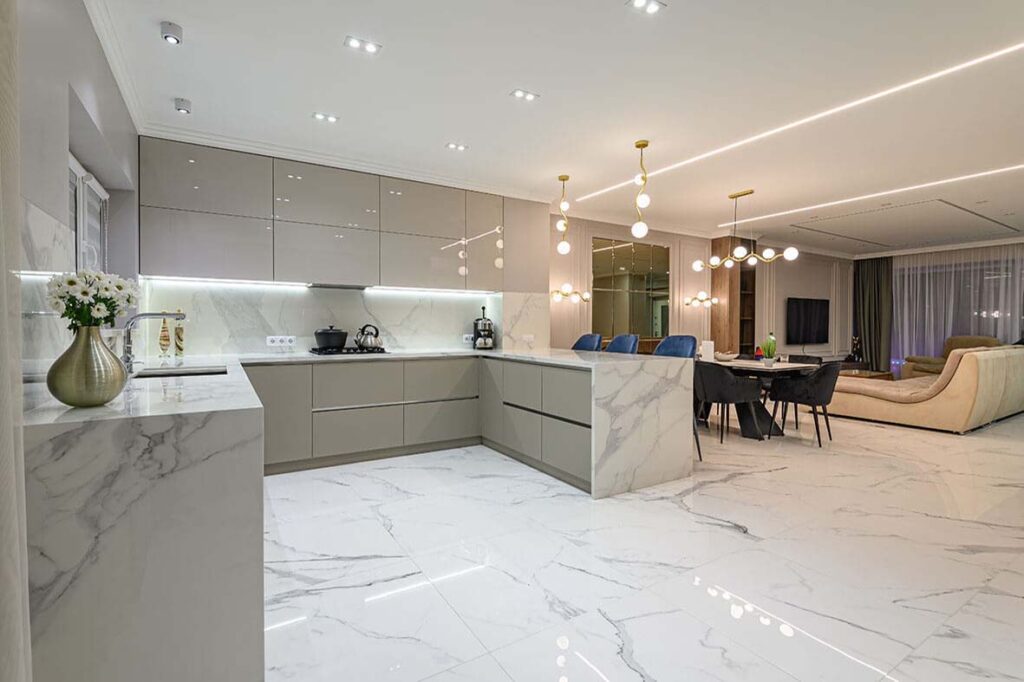
2. Bathroom Walls and Floors:
Create a spa-like retreat in your bathroom by using stone effect tiles on the walls and floors. Porcelain tiles are particularly well-suited for bathrooms due to their water resistance and durability. Opt for light-coloured tiles to brighten up the space or choose darker hues for a more dramatic effect. Pair with sleek fixtures and accessories for a modern finish.
3. Utility Room Flooring:
For utility rooms and laundry areas, where durability is paramount, ceramic stone effect tiles are an excellent choice for flooring. These tiles can withstand heavy foot traffic and are easy to clean, making them ideal for busy households. Choose a textured finish for added slip resistance, especially in areas prone to spills and moisture.
4. Kitchen and Bathroom Countertops:
While natural stone countertops can be expensive and require regular maintenance, stone effect tiles offer a more practical alternative. Large format porcelain tiles with a stone effect can be installed as worktops, providing a durable and heat-resistant surface that’s easy to clean and maintain.

Preparation and Installation
Before embarking on your renovation project, it’s essential to properly prepare the surface and plan the layout of the tiles. Here are some key steps to consider:
1. Surface Preparation:
Ensure that the surface is clean, flat, and free of any debris or dust. If necessary, apply a suitable primer or waterproofing membrane to prevent moisture damage. Pro tip: a waterproof membrane is essential in wet areas such as the bathroom.
2. Tile Layout:
Before laying the tiles, experiment with different layouts to determine the most visually pleasing arrangement. Consider factors such as tile size, pattern, and grout lines to achieve the desired look.
3. Cutting and Installation:
Use a wet saw or tile cutter to accurately cut the tiles to size, taking care to wear safety goggles and gloves. Apply a suitable adhesive to the back of each tile and press firmly into place, using spacers to maintain consistent spacing between tiles. Once the adhesive has dried, fill the grout lines with grout using a grout float, then wipe away any excess with a damp sponge.
How To Cut Stone Effect Tiles
When it comes to cutting stone effect tiles, it will depend on the material, size, and type of cut needed on the tiles. At RUBI, we make an extensive range of tile cutters for all material types.
If you are adding stone effect tiles as a backsplash in the kitchen, or as wall cladding in the utility room or bathroom, you will need to prepare your layout extensively and plan the cuts beforehand.
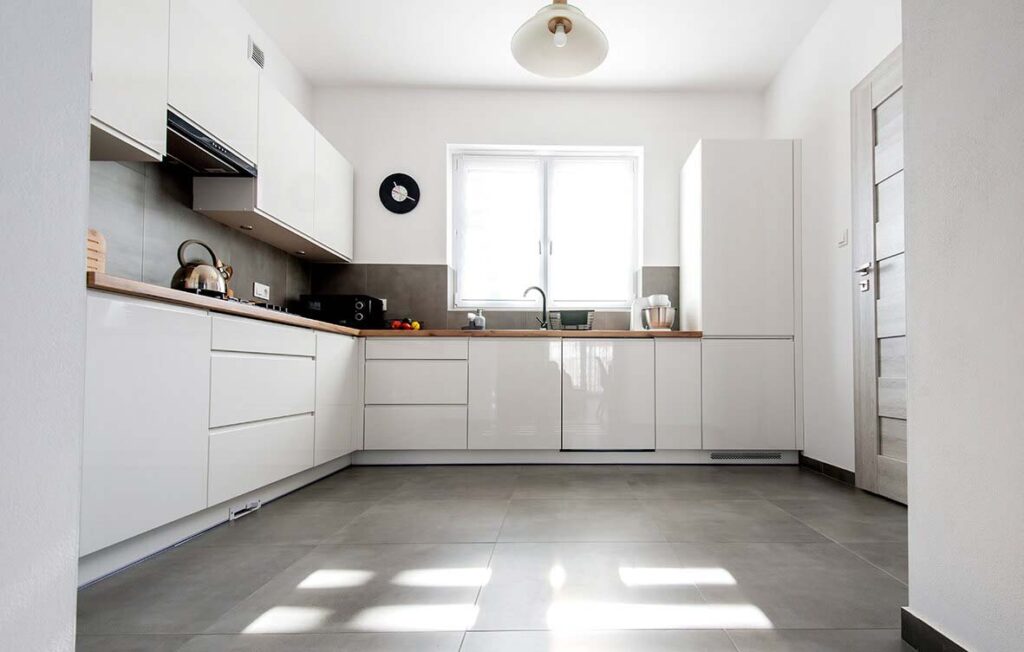
Most ceramic tiles and thin porcelain tiles will be suitable for cutting on a manual tile cutter, such as our TX max. However, there might be some that require the use of an angle grinder. For this we would recommend looking into our range of diamond blades for angle grinders to find the best blade for you and the material you are cutting.
For thicker tiles, such as 15mm – 20mm, the use of a wet saw might be needed to ensure a clean, accurate, smooth cut. We offer saws suitable for all levels of experience. For those who are limited with storage space, our ND 180 or ND 200 offer a great starting point for cutting slightly thicker materials.
Our DC 250 Python is the recommended model for those who are cutting 20mm thick tiles often, especially 20mm porcelain tiles. However, if you don’t have the storage space for this our TC 125 G2 cutter is a great alternative.
For more information on which tile cutter is best for you, contact rubi.com.
Conclusion
Stone effect tiles offer a practical and stylish solution for renovating your home, providing the timeless beauty of natural stone with added durability and versatility. Whether you’re updating your kitchen, bathroom, utility room, or any other space, incorporating stone effect tiles can enhance the overall aesthetic and value of your property. With proper preparation and installation, you can achieve stunning results that will stand the test of time, transforming your home into a sanctuary of style and sophistication.
For more information on which tile cutter is best for you contact rubi.com.
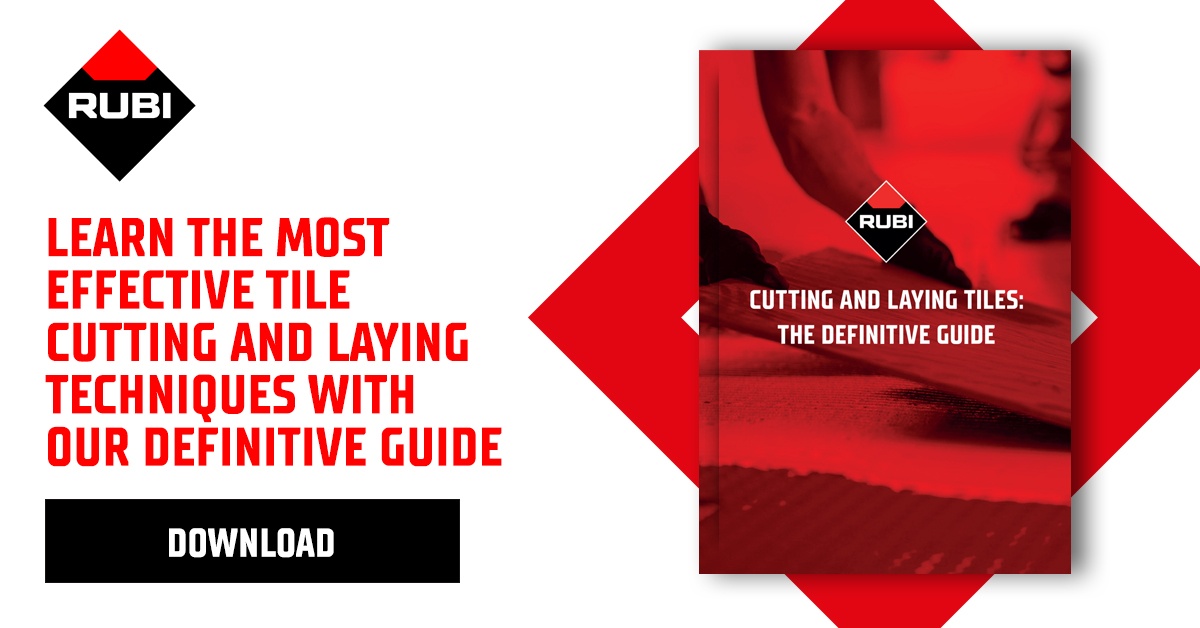

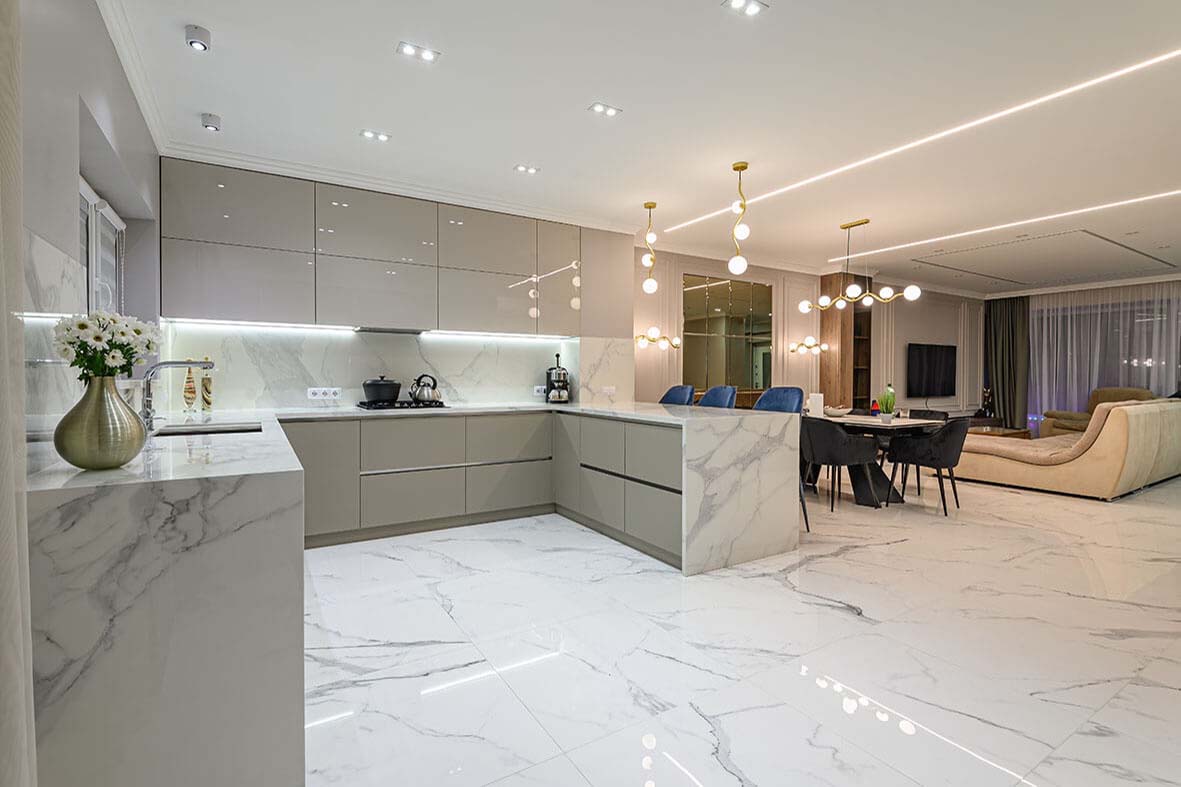
Post a comment